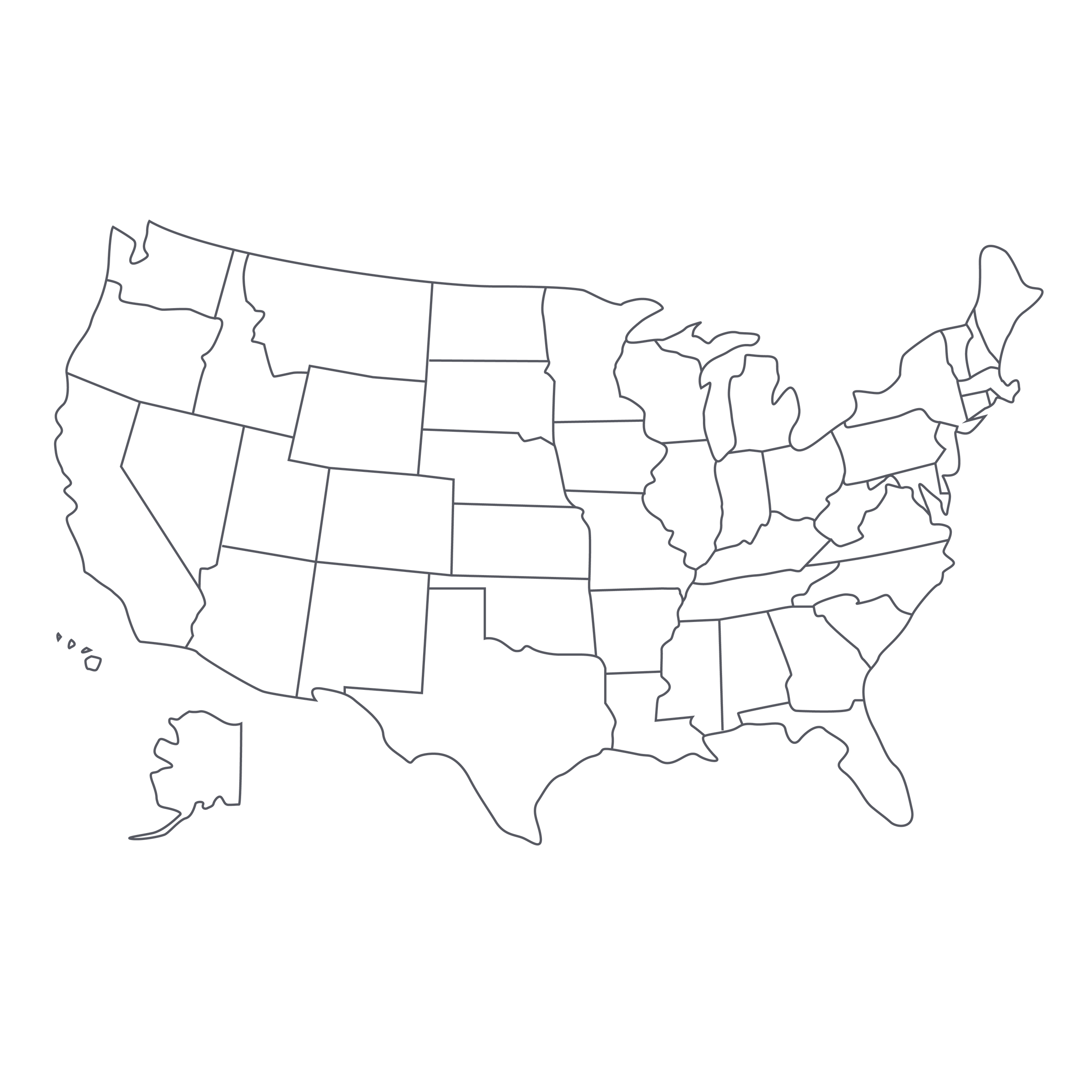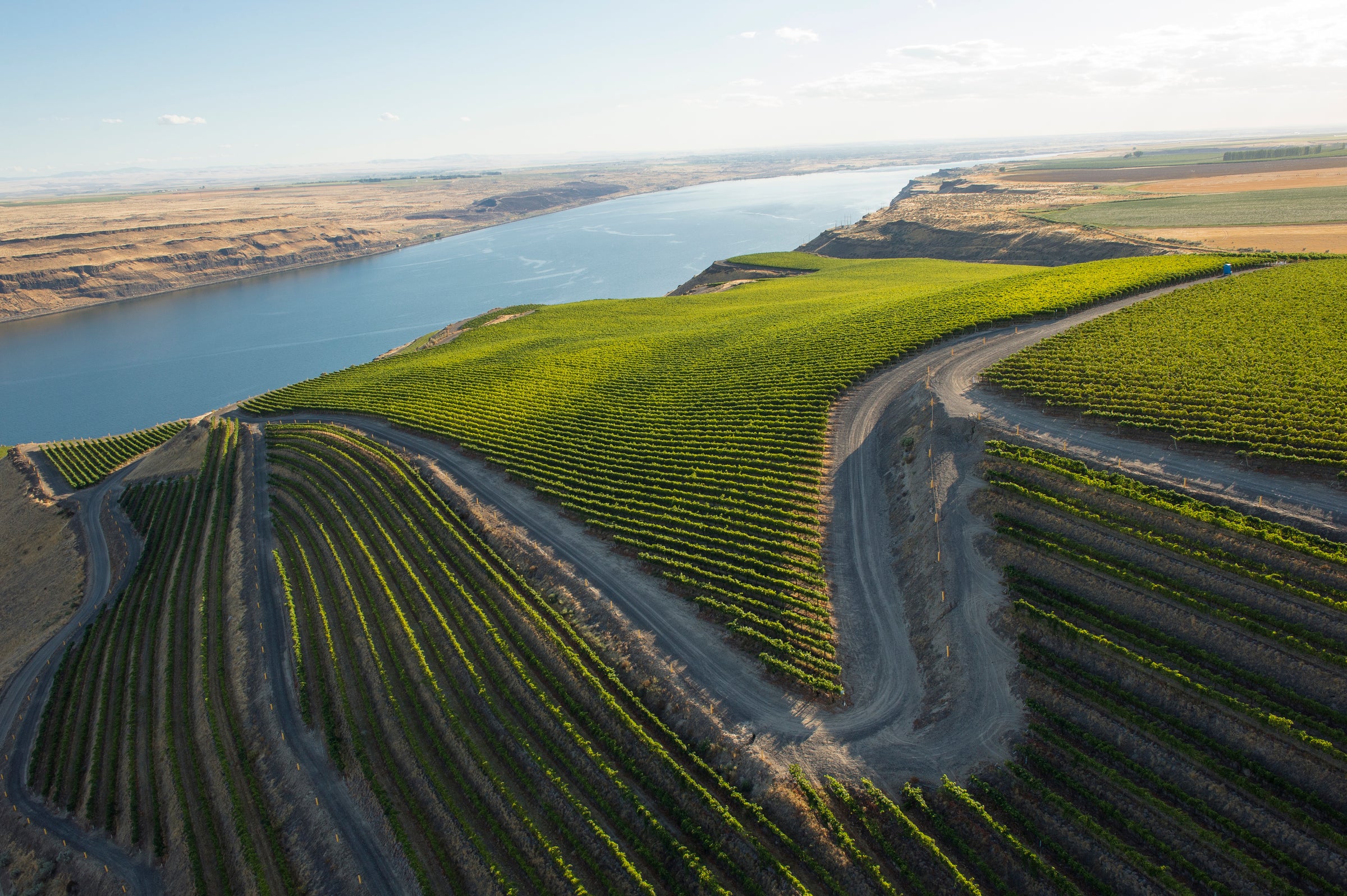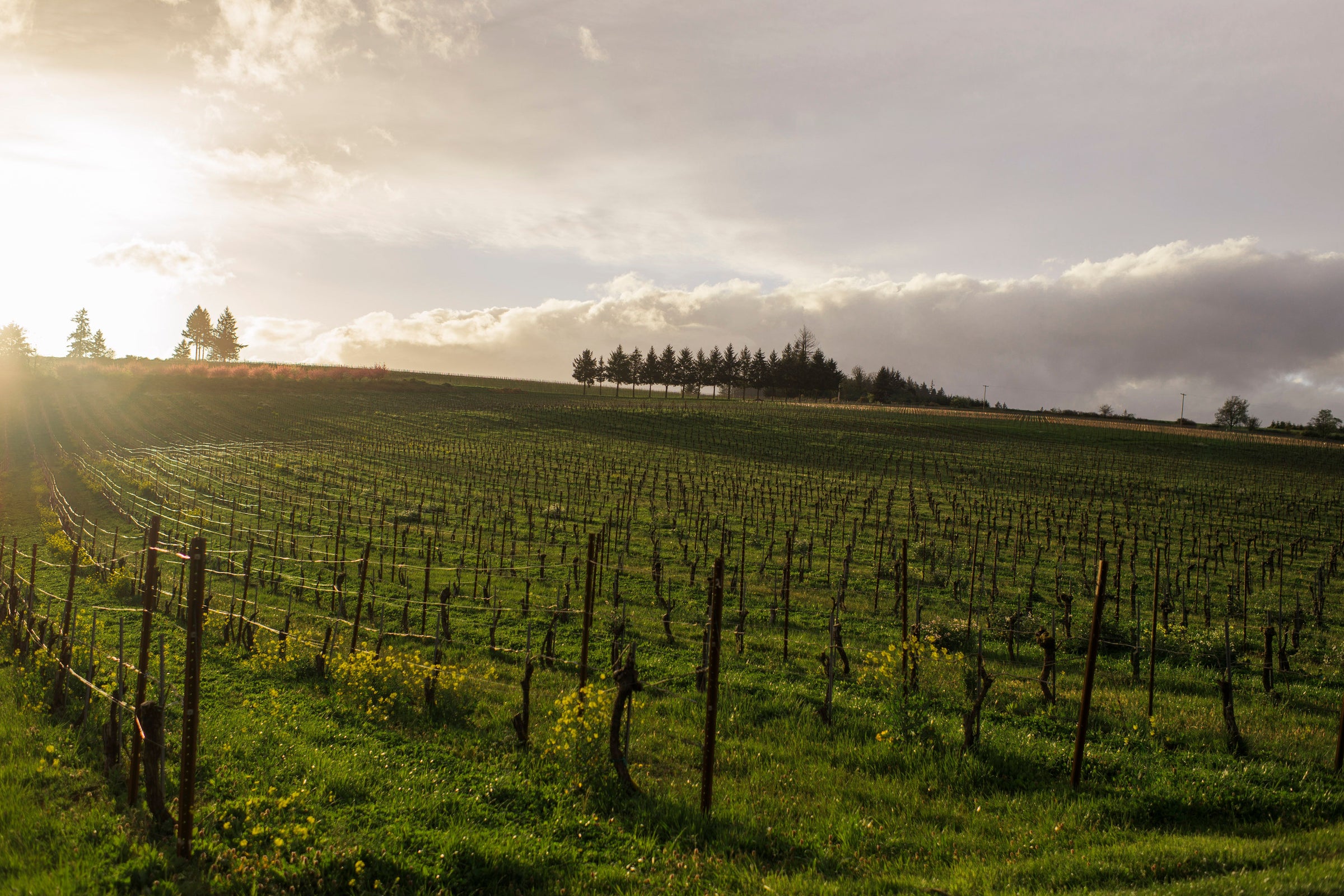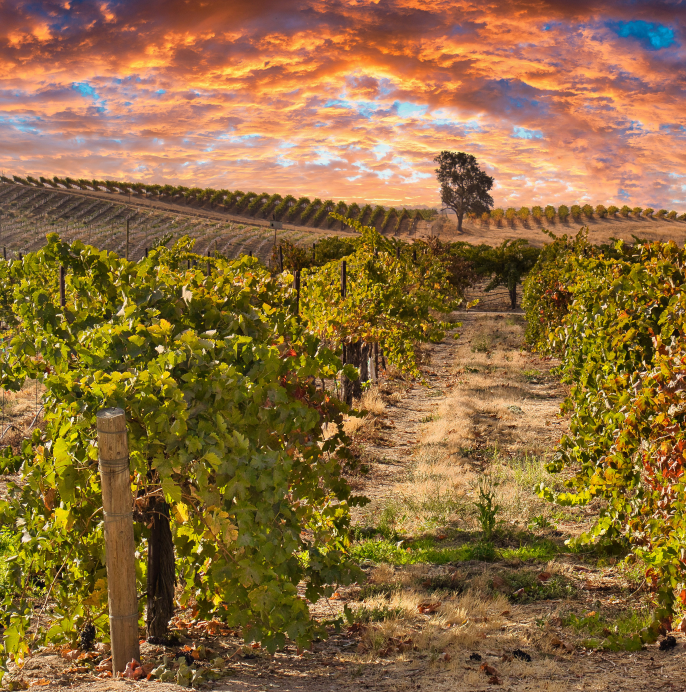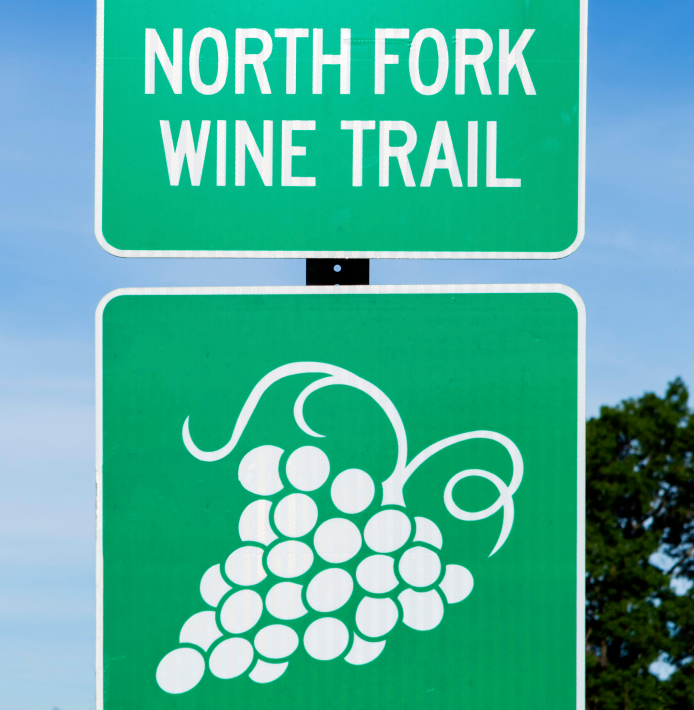Domestic winery marketers love to declare “First-Growth” equivalent status in their press releases, but few producers can stake a more authentic claim to that title than Ridge Vineyards. Described by the Oxford Companion to Wine as “the most internationally admired producer of American Cabernet Sauvignon,” Ridge is a true California legend with a lengthy CV to prove it.
On top of consistent, enthusiastic critical acclaim, the winery piqued worldwide interest with its top-five finish in the famed “Judgement of Paris” tasting in 1976, when the 1971 vintage of “Monte Bello” Cabernet Sauvignon helped demonstrate that California wine could echo the greatest qualities of Bordeaux. Ridge’s estate-grown Cabernet bottling, from the same high-elevation Santa Cruz Mountains site as the noble Monte Bello, was introduced in 1979 as an earlier-drinking alternative to their “Grand Vin.” This more approachable (in price and taste) estate bottling is still one of the treasures of California wine history and among the state’s most timeless expressions of Cabernet Sauvignon. Today’s 2018 is a brilliantly crafted wine, showcasing the magic that happens when you combine premium mountain fruit, an elegant style, and a visionary winemaker who’s spent decades developing an understanding of the land.
Until 2016, Ridge had been helmed by Paul Draper, who began his legendary career in 1969 with no formal winemaking training. His directive in the early days was to make the estate “respectable”—a feat he clearly managed, and then some, before retiring from his role as Chief Winemaker and CEO. One of the first California vintners to embrace and prioritize the concept of terroir, Draper was an early proponent of single-vineyard designations on wine labels. Working in one of California’s coolest-climate growing regions for Cabernet Sauvignon, he also understood the need to adapt the conventional winemaking ethos of the time to suit the natural characteristics of the land. Just 15 miles inland from the Pacific Ocean, Monte Bello vineyard sits on a shelf of decomposed limestone and Franciscan rock, where warm days and chilly, windswept nights provide the ideal raw ingredients for balanced, elegant Cabernet.
The site was first planted in 1886 but later abandoned in the early 1940s until Ridge’s founding in 1962, by which time the Cabernet vines that went into the first vintage of Monte Bello were already over 65 years old. Some of the adjacent blocks, which had been replanted, were found to be ideal for today’s more accessible, earlier-maturing estate bottling. The Santa Cruz Mountains Cabernet is farmed and vinified with the same meticulous care as Monte Bello, keeping the soils naturally healthy through practices like cover cropping and organic composting.
Winemaking at Ridge is characterized by a “pre-industrial” approach, limiting modern additives and processing to preserve integrity and purity. Drawing on 19th-century principles used in California and Bordeaux, the cellar team relies exclusively on native yeasts, eschews commercial enzymes and nutrients, and uses the minimum effective amount of sulfur. Draper never followed a set recipe, preferring to sample his developing wines at each step of production to determine his next moves—a practice that continues today, and is one of the keys to the remarkable quality of Ridge wines. This “baby Monte Bello” ferments naturally and ages for 18 months in American oak, 58% new.
As always, this is a very classically styled Cabernet that shares a lot of attributes with great Left-Bank Bordeaux as well as some cooler Napa vintages. Textbook plummy California fruit is overlaid with damp forest floor and wild herbaceous notes that are signatures of this pocket of the Santa Cruz Mountains appellation. Fresh blackcurrant, black cherry, and spiced plum notes intertwine with cacao, cedar box, and chai spice amid dusty, granular tannins with still quite a bit of oak spice showing which will integrate over time. There is so much tension and focus here; today’s wine has little (-to-nothing) in common with California’s more hedonistic Cabernets. There is an exceptional balance of fruit and earth here, without invasive oak character. The estate Cab is an incredible joy to drink now but it will age so gracefully for years to come. Anyone who appreciates old world-styled Cabernet should have this wine in the cellar. In fact, it’s a great one to purchase by the case and drink over the coming decade—each year, you’re going to find something different and delightful. After an hour-long decant, serve this at cellar temperature in Bordeaux stems alongside a truffle-infused rack of lamb.
